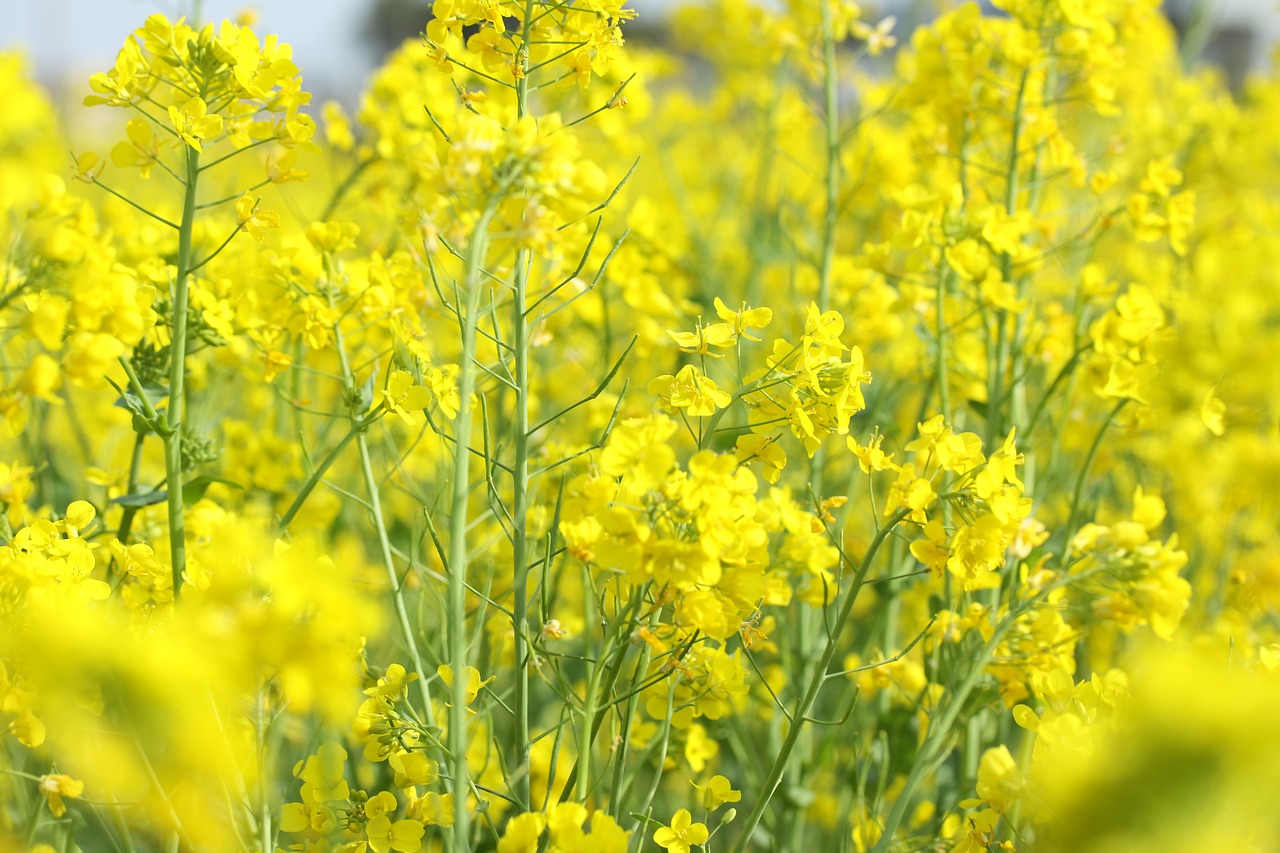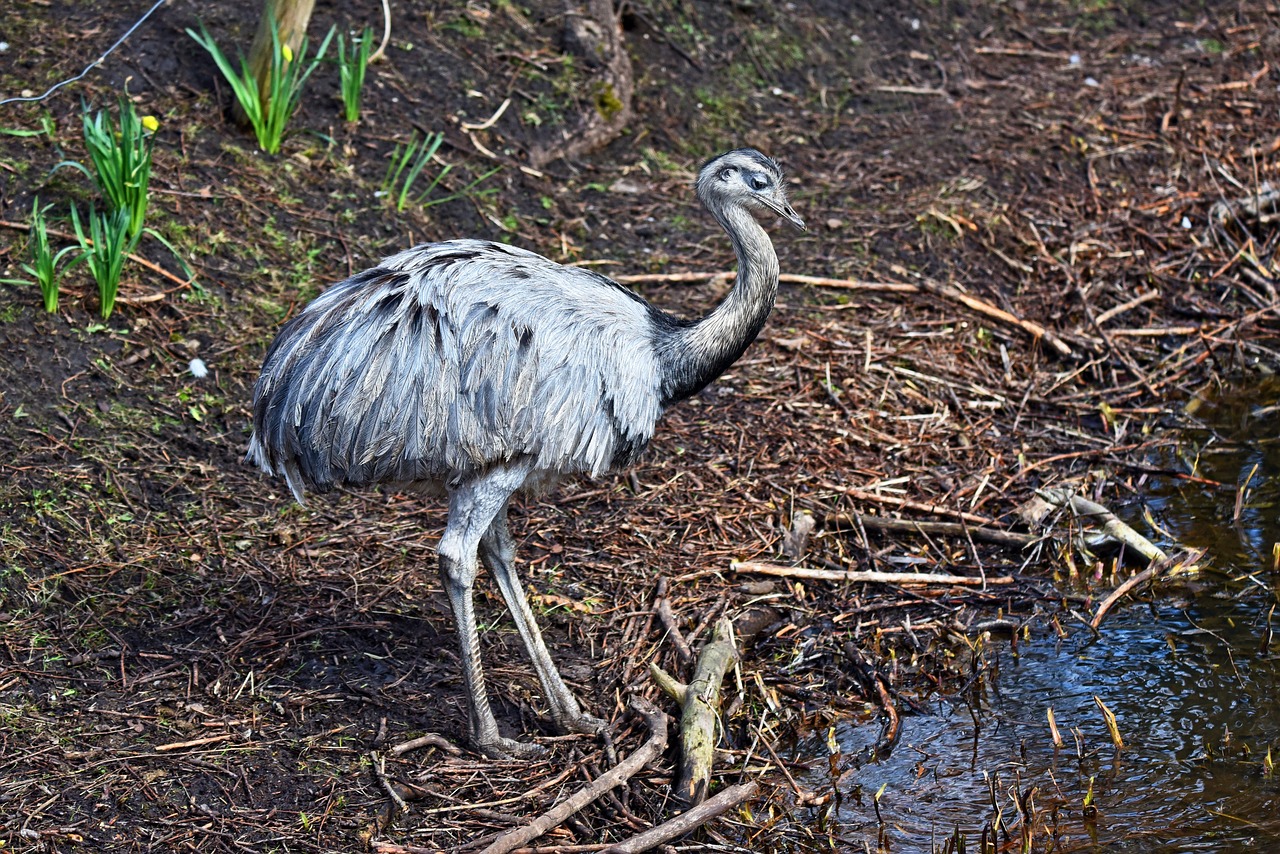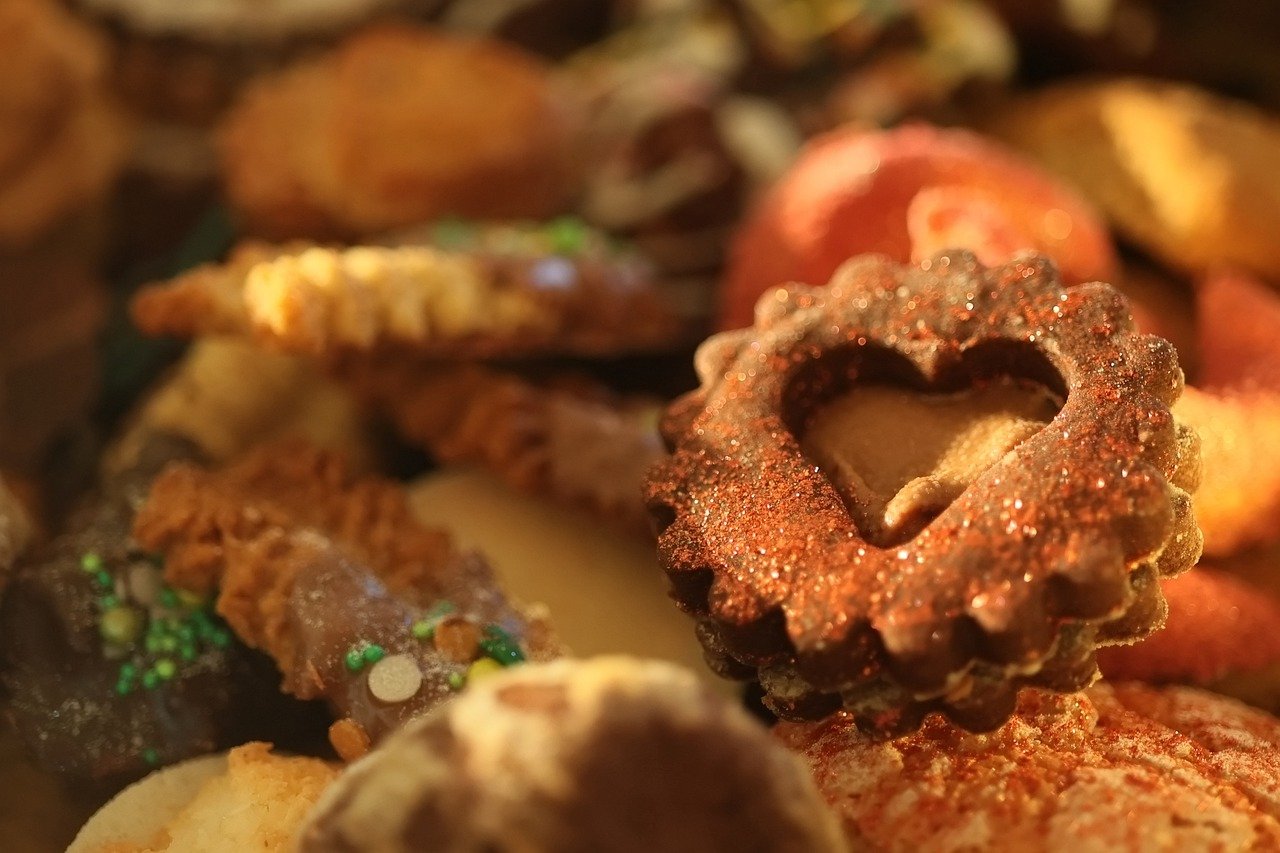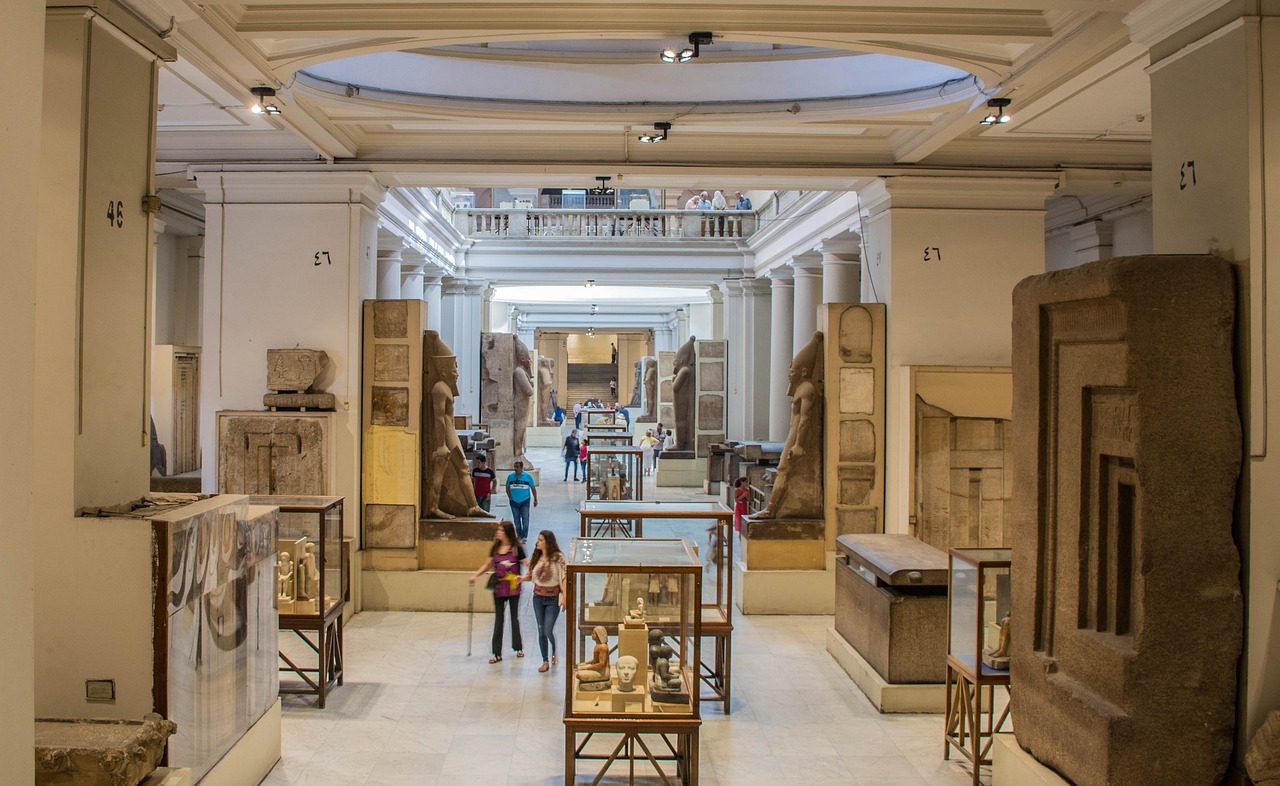Author: Erlang Shen
-
Athena, also known as Athene, was a distinguished Olympian goddess revered for her wisdom, strategic warfare, protection of cities, valor in heroic endeavors, and mastery of various crafts, including weaving and pottery. Artistic representations typically depict her as a dignified figure, adorned in a long robe and armed with a shield and spear, often accompanied…
-
Lir, a prominent figure in both Irish and Welsh mythology, is revered as the deity of the sea. His presence is particularly noted among the Tuatha De Danaan, an ancient race of deities that reigned over Ireland long before the advent of human civilization. The most renowned story featuring Lir is the “Children of Lir,”…
-
Understanding Goibniu: The Smith God of the Celts Often referred to as Gaibhne, Goibniu is a prominent figure in Celtic mythology, his name translating to “Clever Smith.” His character’s lore is enriched with variations such as Gobaun Seer or Goban Saor, which means “Goban the Builder,” and Gavida Mac Samhthiann. In the mythological narratives surrounding…
-
The cultural heritage of the Roman Republic was significantly shaped by its Greek neighbors, particularly through their long-standing presence on the island of Sicily. From the 2nd to the 3rd centuries BCE, the influx of Greek culture, including art, literature, philosophy, and notably religion, transformed Roman society. Prior to this Hellenic influence, Romans had already…
-
This year’s autumn equinox will take place on September 22, marking a significant event in the Pagan calendar known as Mabon. This celebration honors the conclusion of the harvest season and allows us to express gratitude while acknowledging the balance between daylight and darkness. Mabon signifies the beginning of our path into the winter months,…
-
The Legends of Ogma: A Journey Through Celtic Mythology Discover the mesmerizing myths and fascinating tales surrounding Ogma, the Celtic deity celebrated for his eloquence, intelligence, and might. Journey through the chronicles of his daring exploits, linguistic innovations, and interactions with other figures of mythology. Engage with the enchanting stories that showcase Ogma’s cleverness, knowledge,…
-
Imhotep, known by his Greek name Imouthes (circa 2667-2600 BCE), stands out as a remarkable figure in ancient Egyptian history, celebrated as the mastermind behind King Djoser’s Step Pyramid located at Saqqara. His name translates to “He Who Comes in Peace,” and he holds a unique distinction within Egyptian society as one of the few…
-
Rhea, often referred to as Rheia, is a significant figure in Greek mythology, recognized as a Titaness and a maternal goddess. She is the progeny of Gaia (the Earth) and Uranus (the Heaven) and is revered as the mother of the prominent deities who inhabit Mount Olympus. Rhea shares a close association with Cybele, the…
-
The Historical Importance of Karnak Temple Complex The Karnak temple complex, located in Luxor, is a monumental testament to ancient Egyptian civilization, evolving over a span of more than a millennium, primarily from the Twelfth to the Twentieth Dynasties. At its zenith, it stood as the most significant religious hub in ancient Egypt, with the…








